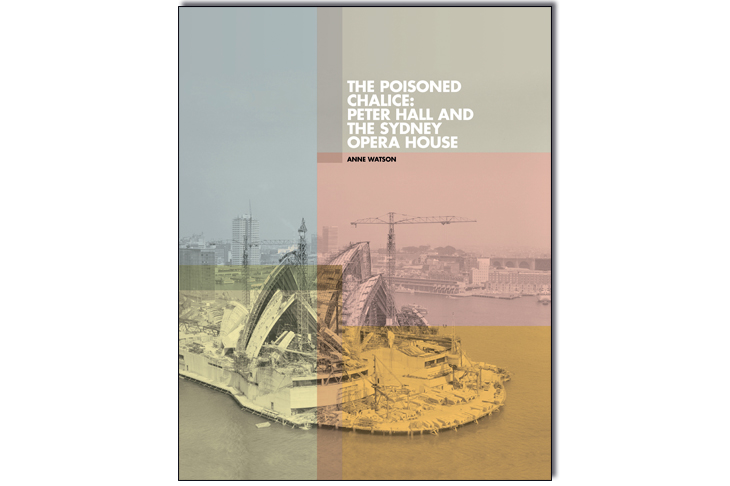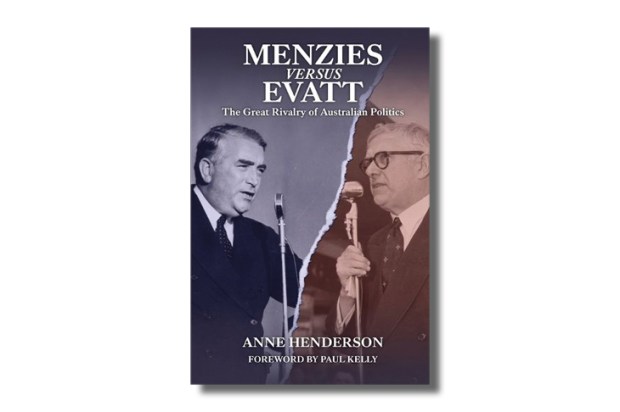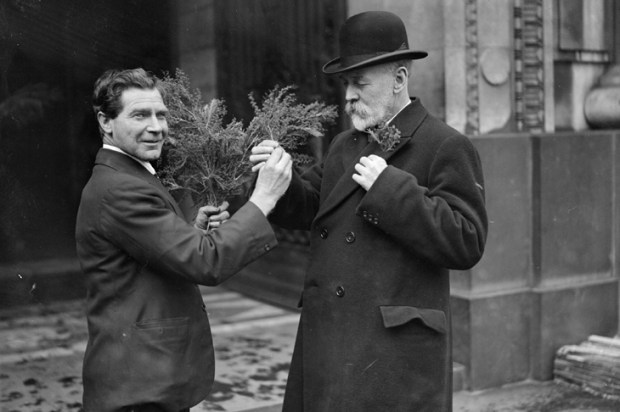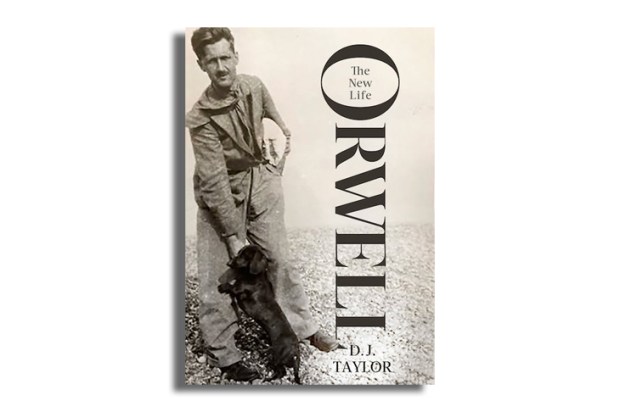Anne Watson’s book underlines the truth that in order to praise Jørn Utzon, whose architectural vision created the concept of the Sydney Opera House, you do not have to accept the conventional wisdom of vilifying and erasing from history the architect who completed it, the late Peter Hall. All the key participants – Utzon, Hall and engineering consultant Ove Arup – deserve their share of recognition; until this book, Hall and his talented team have been disgracefully excluded from the altar of Utzon worship.
Watson provides far more than a detailed and incisive description of how Hall resolved the huge problems created by the nature of Utzon’s incomplete and, in terms of usage, misdirected search for solutions.
Her access to previously unavailable documents, particularly from Peter Hall’s son’s shed, provides revelatory material on the reasons behind the rejection of some of Utzon’s unresolved concepts (such as having a dual-purpose major hall) that led to the completed building receiving world-wide acknowledgement as one of the greatest structures of the century and Hall receiving top international architectural accolades – but local disdain.
She details the hostile environment in which Hall had to work, particularly the tensions generated in 1966 by Utzon’s forced resignation from his partly-built masterpiece (which he never saw completed) being maintained by the ‘Bring Back Utzon’ campaign.
Watson reveals that my book (The Sydney Opera House Affair; Nelson), published more than 50 years ago, on Utzon’s departure from the Sydney Opera House, was a key factor in the breakdown of negotiations to get Utzon to return to finish his job.
Apart from the evident fact that so much information damaging to Utzon in my book (fact-checked by Hall, as stated in its introduction) clearly came from either the project’s structural engineers Ove Arup and Partners (Arups) or the NSW government, Utzon was especially upset by a chapter written by Peter Hall entitled ‘Function is not a dirty word’ – an obvious slap at those whose only concern was form. Of specific concern to Utzon was that Hall’s chapter included a drawing of his idea to make comprehensive changes to Utzon’s plans for the interior of the main hall.
Hall had justified this by writing, correctly, that the requirements of the Opera House’s major user were not being met in Utzon’s concept, as indicated in the ‘drawings showing a good deal of design intent…but were not working drawings’ that Utzon left. Utzon’s angry hyperbolic response was that these changes ‘would destroy completely the architecture of the Sydney Opera House’, a cry repeated ad absurdum by Utzon acolytes.
Bitter attacks on my book, written when the sails were still under construction and completion was still seven years away, resulted from its refusal to spring to Utzon’s defence in the saga of his departure in line with the trendy view of ‘the genius versus the Goths’, but rather concluded, in what Watson graciously acknowledges as an ‘incisive summation’ that ‘this is not a story of goodies and baddies; it is a story of bad decisions made for good reasons, of good intentions that went wrong, or personal tensions that built up to a point that made it impossible for the project to go on as it was… of an artist who for many reasons (including a great deal that were not his fault) made a mess of things’.
And I dared to say that the available evidence ‘prompts very real criticism of the architect’s handling of the project’. But not all of the evidence could be printed in my book, having been subject not only to legal threats from Utzon, but also objections from senior members of Ove Arup and Partners, the engineering firm responsible for bringing Utzon’s sketched concept into a strikingly different reality but who, apparently, did not want to be blamed for publicly undermining Utzon. A recent excellent biography of Ove Arup by Prof. Peter Jones provides evidence that overwhelmingly endorses my stance.
The reality is that Utzon’s days were numbered when he and Arups fell out. Because Utzon had never built any major structure, the NSW government accepted the advice of the adjudicators of the design competition that Utzon won, to appoint the engineers as the principal contractor, not, as is customary, the architect. For years, Arup and Utzon effectively conspired to conceal from the NSW government (and its incompetent committee that acted as the client) the reality of open-ended costs; that this building was not going to be a traditional one with a steel frame from which cladding would be attached, but would be self-supporting concrete shells. This had never been done before, and still hasn’t been; the Opera House sails are not six inch shells but six feet thick massive arches that impinge significantly upon the space the client required under them. After years of Arup’s unsuccessful attempts to build Utzon’s sketches (which almost sent Arups broke and caused division and resignations within the firm) followed by more years of protecting Utzon from governmental concerns about rising costs, delays and lack of progress with working drawings, eventually Arups called time.
That falling out (manifested by Utzon bricking-up the connecting door between their on-site offices) meant the end of Utzon, with the only difference between a Labor and a coalition state government being the manner and timing of his departure.
The distinguished architect Andrew Andersons, when launching Watson’s book in the northern foyer of the Opera House under Hall’s magnificent glass wall, said that while he was perpetually thankful for Utzon’s vision he was also grateful to Peter Hall and his talented team of collaborators and consultants that gave us ‘this masterpiece of 20th century architecture’.
This book should shame those whose unyielding animus towards Peter Hall drove him to despair and early death; if this book leads to a belated proper acknowledgment of the role Hall and his team played in Australia’s greatest building, it will be too late for Peter Hall, but not too late for posterity.
Got something to add? Join the discussion and comment below.
Get 10 issues for just $10
Subscribe to The Spectator Australia today for the next 10 magazine issues, plus full online access, for just $10.
You might disagree with half of it, but you’ll enjoy reading all of it. Try your first month for free, then just $2 a week for the remainder of your first year.














Comments
Don't miss out
Join the conversation with other Spectator Australia readers. Subscribe to leave a comment.
SUBSCRIBEAlready a subscriber? Log in